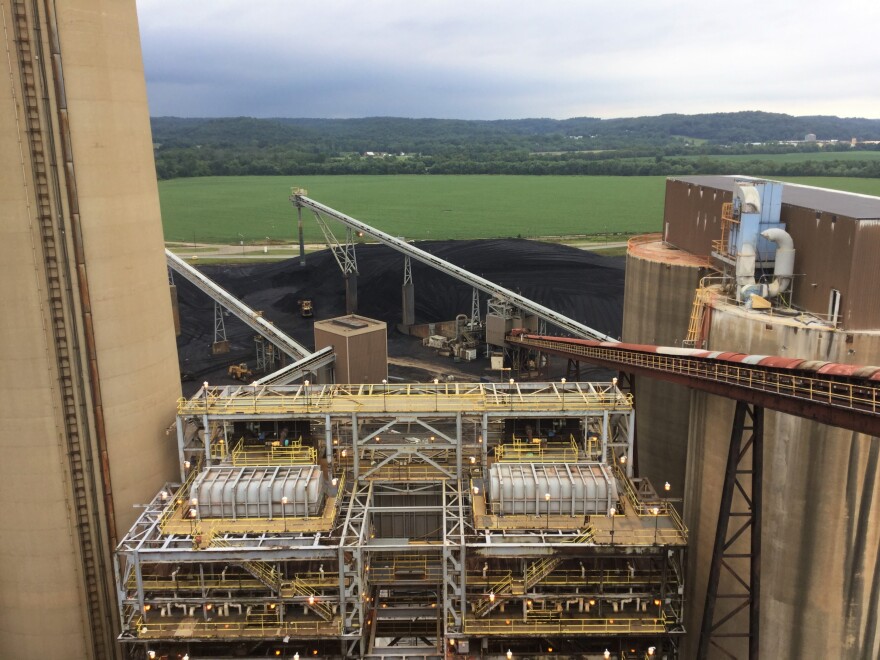Though America's coal industry continues to shrink, it's left its mark on the earth: Abandoned strip mines, flattened by explosions and the desperate search for fuel.
A steep cliff looms in the distance over one such mine, near an American Electric Power plant just north of Zanesville. This location is just one of many littering the rural landscape of eastern Ohio.
Tarunjit Butalia, an Ohio State University engineering professor who specializes in abandoned mines, says they're dangerous and bad for the environment.
"Being un-reclaimed means that a couple of hazards happen," Butalia says. "The first one is a safety hazard, a dangerous high wall; folks have fallen over the top."
More pressing, though, are how these abandoned mines interact with their surroundings.
"You have off-site sedimentation that goes and clogs streams, and the biggest environmental liability is acid mine drainage, which emits from underground mines, collects in streams and results in significant environmental damage to habitats," Butalia says.

That’s why he’s working to restore these abandoned strip mines to how they were before miners destroyed the land with dynamite. And he’s doing this in a surprising way: using the waste produced when coal is burned.
Inside of the Conesville power plant, plant supervisor Earl Duck walks beween huge machinery and towering smokestacks.
"This is where the waste material is coming from," Duck says.
When coal is burned to generate electricity, it creates smoke and ash that pass through what are known as scrubbers. They turn the material into solid waste like gypsum and sulfites. And there is a lot of it - more than 5 million pounds a day on average.

In the past, the majority of this solid waste was sent to landfills, but now, nearly 100 percent is being used to reclaim abandoned coal mine sites.
Back at the old strip mine, dump trucks haul 20 ton-loads of the material up a dirt road.
"Once it comes here, then, with the bulldozer... once the waste is placed it is then spread, and then the next load will come over it, and as that happens the height of the fill keeps increasing," Butalia explains. "It will come all the way to the top of the high wall you see in front of you, and that’s when the final cover will be placed, on top of which the end dumps will happen."
The whole process takes about four years, and 1.8 million tons of coal combustion byproducts.

Butalia is also working with two other plants to reclaim strip mines near them. One near Zanesville is already finished - and it's gone through quite a transformation.
The landscape now is sloping and green, with thousands of saplings and yellow wildflowers.
"Sometimes Mother Nature just needs a little extra help, and being able to reclaim these sites, you can see that Mother Nature’s already taken over - and this is just in the past year," Butalia says. "We just helped a little bit, but over time nature will take care of it for our children and our grandchildren."

It’s been a long process, but Butalia and his colleagues have finally proven that reclaiming abandoned coal mines with coal waste can be successful. And, done this way, there’s zero cost to taxpayers.
He says he hopes power plants across Appalachia can put his research and work to use.
"We all recognize that coal can be part of the problem," Butalia says, "but these projects showcase that coal can be part of the solution."





